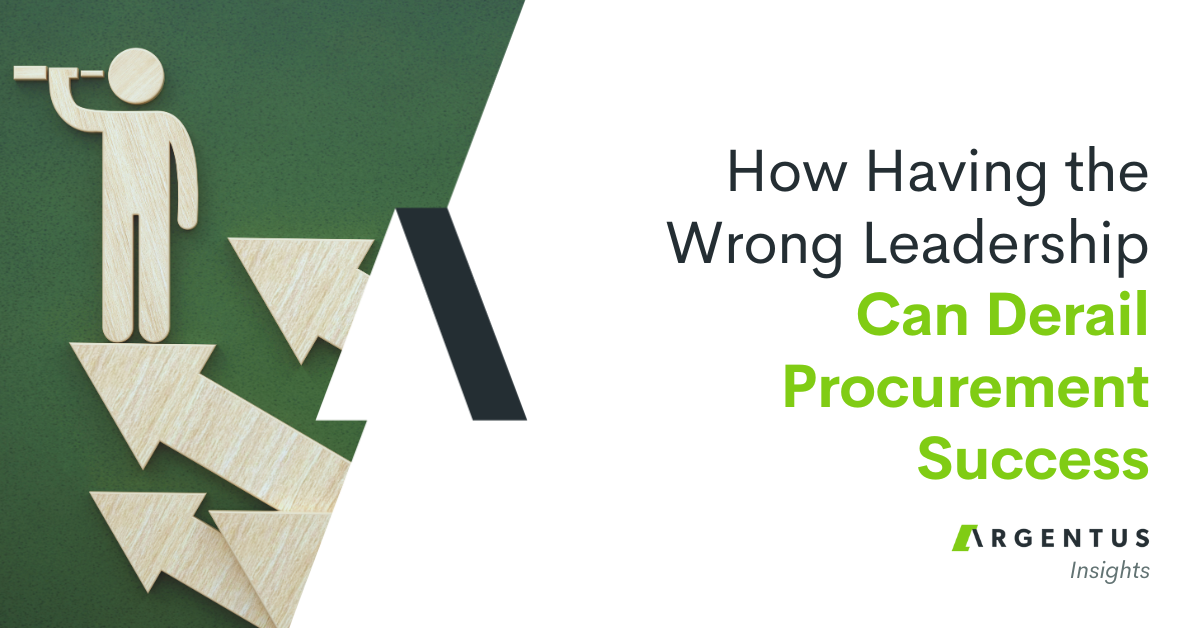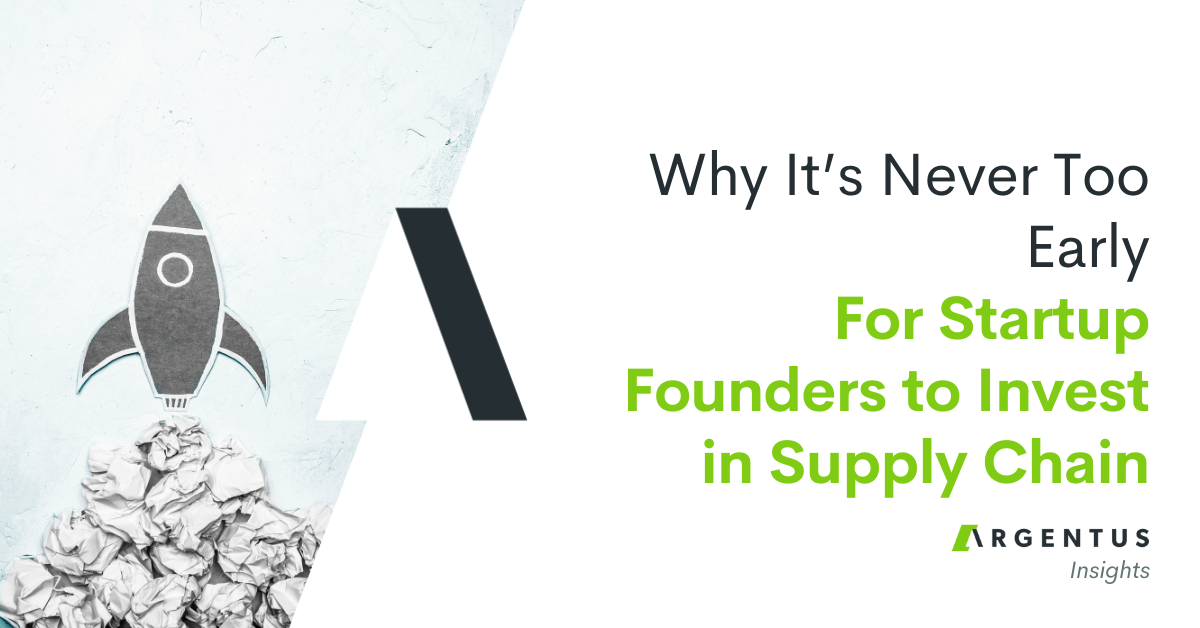How two of Canada’s Procurement leaders are working to help companies and individual practitioners upskill their Strategic Sourcing.
Mark Morrissey and Mohammed Faridy are two leading lights within Canada’s Procurement field – and long-time members of Argentus’ network. Between them, they’ve conducted high-level strategic sourcing for major Canadian companies including Sobeys, Accenture, Deloitte, Telus, Rogers and others at the director level and above. Over the past few years, they’ve each built out their own consulting practices – Mark with Link-Sage and Mohammed with OneView Technology Procurement Solutions – which we profiled previously on the Argentus blog.
Combined, they’ve contributed to extensive Procurement transformations for their clients, resulting in significant cost savings, risk mitigation, and innovation.

Today, we want to highlight a new educational initiative that Mark and Mohammed are collaborating on: Essentials of Strategic Sourcing, a 6-module course for companies or individual practitioners looking to bolster their Procurement skill base by examining the fundamentals of strategic vs. tactical sourcing.
“Many years ago, I was thinking about strategic sourcing in the marketplace,” Morrissey says. “What is strategic sourcing, and what separates it from more transactional procurement? Many organizations claim they have a strategic team within the country, but when you ask them what they do, they say they run RFPs. That’s not necessarily strategic. That’s transactional. Running an RFP is a tool in your toolbox, but it’s just that – one tool. It doesn’t encapsulate an overall approach, or necessarily mean you’re reducing risk or improving your competitive position.”
This thinking led Mark to development of a training program. Last year, he reached out to Mohammed Faridy – whom he originally met through a project staffed by Argentus – to collaborate and bring the program to fruition.
The program consists of six modules:
Module 1) Introduction – What is Strategic Sourcing and Objectives
Module 2) Competitive Positioning; Supply Chain Risks; Risk Mitigation
Module 3) Leading Class Practices
Module 4) Vendor Management
Module 5) Negotiation Strategy part I and part II
Module 6) Case Study
As Morrissey puts it, “the goal of the program is to help align strategic sourcing organizations with their companies’ competitive position in the marketplace. You might know what your company’s competitive position is, but how do you make sure you select suppliers to align with that?”
“For example: maybe your organization’s competitive position is innovation, as opposed to a ‘me too’ organization. A proper Supplier Relationship Management program can bring a lot of industry knowledge, technical knowledge, and skills from the supplier base. In this example, we equip the practitioner to leverage suppliers who are innovative in their market. By engaging those suppliers, you leverage those capabilities. That level of strategic engagement can pay huge dividends compared to tactical sourcing that’s only running RFPs. If you’re running RFPs in isolation from your larger strategy, you might be selecting suppliers who are best for that particular outcome. But are they the best suppliers for your long-term business strategy as a whole?”

When COVID-19 hit, Mark and Mohammed had to pivot. Their original intent was to deliver the program over Zoom. But after a few successful Zoom sessions, they realized there could be immense value in creating a platform where cohorts could download the sessions and view them on their own time. They built out this platform, where students – either individual practitioners or organizations – can complete the curriculum on their own time. In the near future, there are plans to add personalized quizzes and other new features.
So what else sets the program apart from other Procurement training offerings – other than the fact that it’s delivered by two of the best Procurement practitioners in the game?
For one, Essentials of Strategic Sourcing offers cohorts the benefit of live sessions with Mark and Mohammed following the lessons. Students can ask follow-up questions, and also bring their own Procurement challenges to the table. “For example,” Faridy says, “if we talk about category planning in a module, we ask the team to bring us what they’re working on.”
This allows students to apply the training to their actual work – and directly leverage the consultants’ expertise to help develop their own Procurement strategy.
“Everyone’s been to training,” Faridy says. “You sometimes go there for two days, and then you get back to work, and think, ‘I’m not sure how to apply that right now.’ With this, we show students explicitly how to apply what we just taught them, based on real challenges they’re facing in their own organizations.”
If you can’t tell, we’re big fans of Mark and Mohammed. We’re thrilled to see them starting this initiative, and encourage all of our readers to check it out!
Head to OneView for more information about the training and to sign up through Mohammed, or to Link-Sage to sign up through Mark.




0 Comments